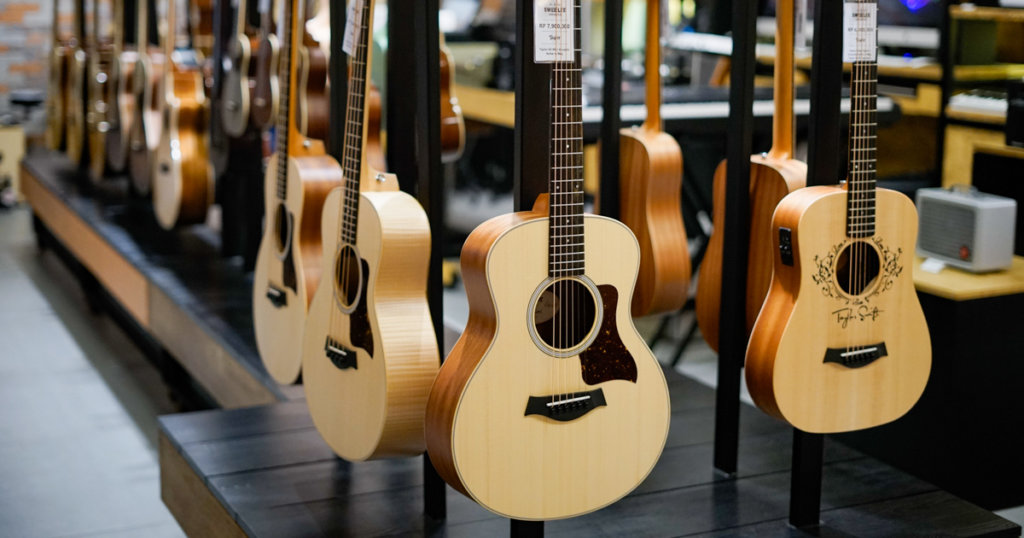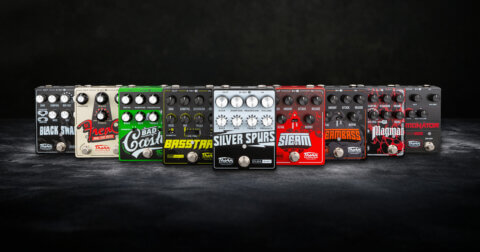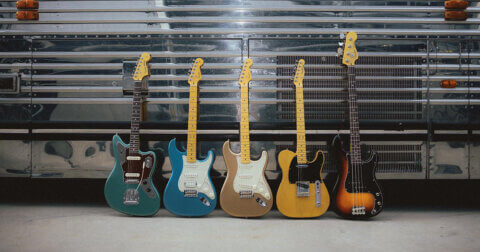Remember that one time you told someone that someday you’ll learn a new instrument? Well, if you’ve been putting it off – there’s no better place to start than the present moment. Also, thanks to the Internet, you’ve also got the resources to learn to play at home for free.
Guitars, basses and ukuleles are some of the more affordable instruments to play and they can be relatively easy to start with. Choosing the right instrument that suits you best – now that’s a bit challenging at the start. Let’s break it down together.
Guitars
Let’s start off with the guitar – one of the most popular starter instruments out there since the latter half of the 20th century and with good reason! Being as versatile as they are, guitars are instruments that have managed to sneak their way into virtually all types of music genres. It’s important to choose a guitar that reflects the type of music you ultimately want to play!
Read more: How to Find the Perfect Beginner Electric Guitar
The Acoustic Guitar
The acoustic guitar, simply put, is a guitar that amplifies the vibration of its strings without the need for electrical amplification. Characteristically, the acoustic guitar is highly portable – something you can take anywhere. It is also quiet enough to practice without creating a racket and has a gentle learning curve.
For those reasons, acoustic guitars are usually what beginners start with. And for that reason, they’re usually more affordable than other guitar variants. You just pick it up and play – you don’t need any additional equipment such as amps or other accessories to start.
There are two main types of acoustic guitar: the nylon string acoustic (or classical guitar) and the steel-string acoustic.
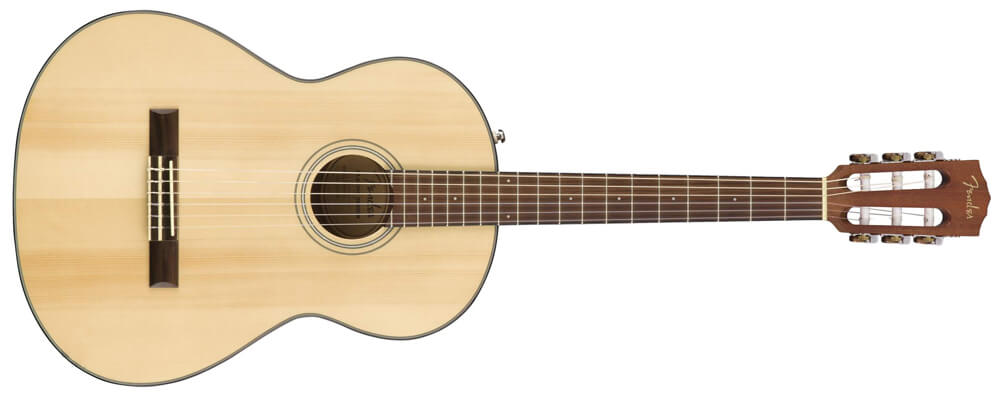
Nylon string guitars offer a more comfortable playing experience due to nylon being a lot more forgiving on the digits. Their strings have a “softer” feel and a lower tension that makes holding down notes a lot easier in comparison to the steel strings used on acoustics.
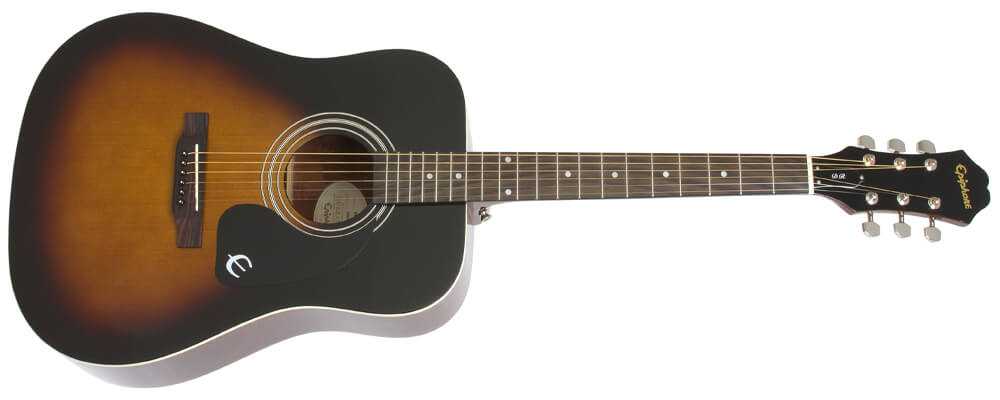
But if you opt to start with a steel-string acoustic – with patience and time – you will gain the finger strength to play without feeling any discomfort.
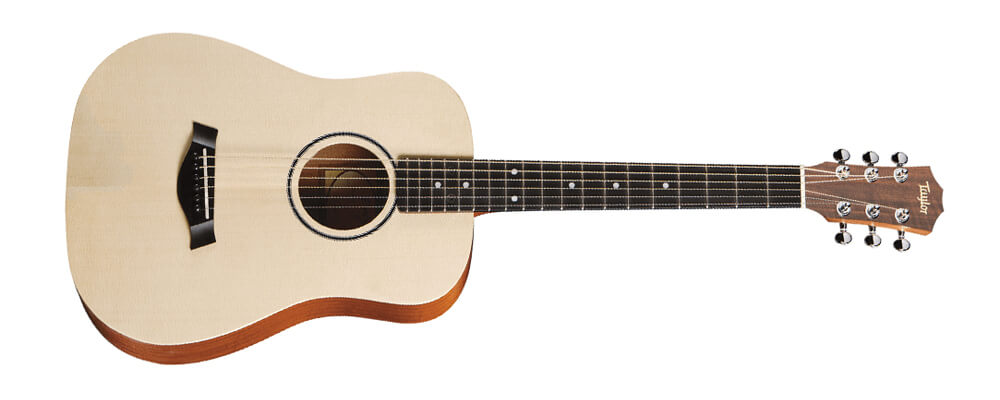
Soundwise, nylon string guitars have a mellower and rounder sound, well suited for classical and world music. In contrast, steel-string guitars have a brighter and more robust sound that is more popular in contemporary music.
Read more: Guitarology 101: Acoustic Guitar – Laminates & Solid Wood
The Electric Guitar
Electric guitars are the place you want to be if you aspire to live in the land of rock, blues and metal. While it is most associated with overdriven tones, the electric guitar is incredibly versatile due to the sheer amount of effects it can be paired with.
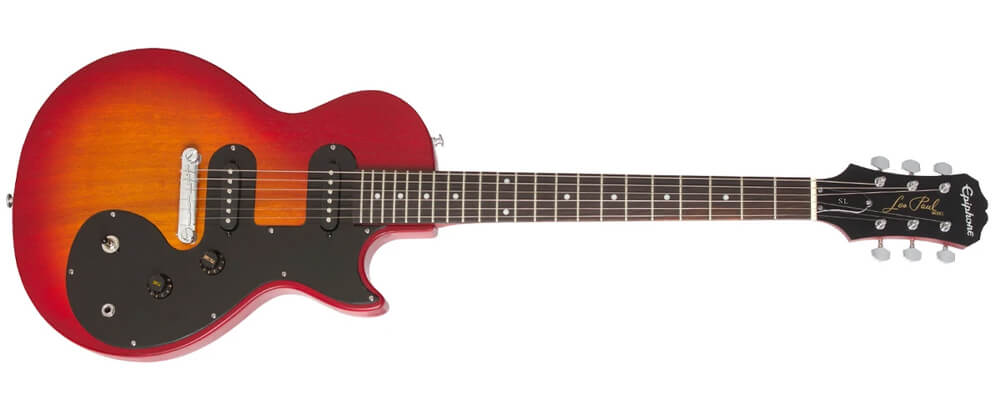
Similar to the nylon string guitar, electric guitar strings are easier to hold down due to the lighter string tensions. This is also helped by closer proximity of the string to the fretboard, as compared to their steel-stringed counterparts.
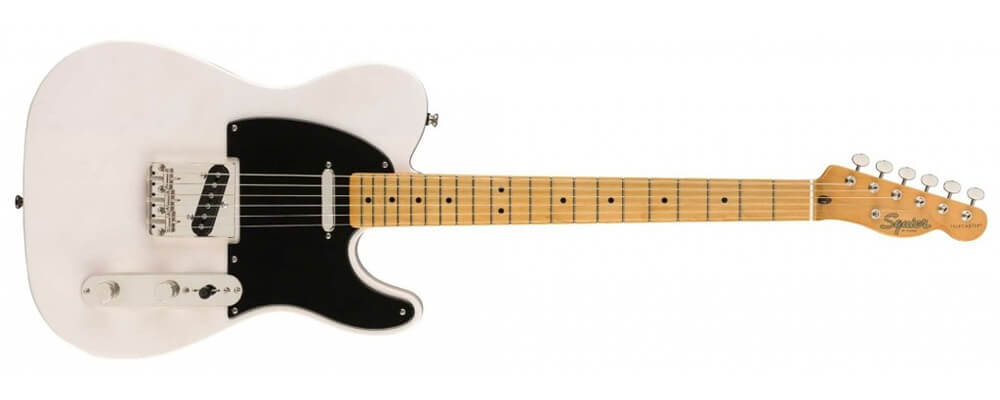
Electric guitars can be as quiet or as loud as you want them to be as they require external amplification to translate the vibration of the strings (via magnetic pickups) into sound. So if you start with an electric guitar you’ll need an amp and a few accessories to get going.
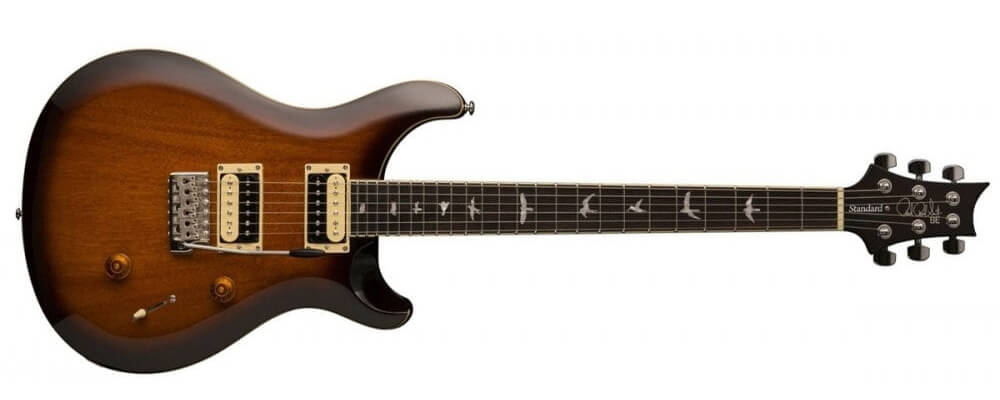
There are many different types of electric guitars, solid body, semi-hollow and many more, but it’s best to start with the most popular – the solid-body electric guitar.
Read more: Beginner Guitars Under RM2,500: Electrics
The Bass Guitar
A 4-string guitar? You’d be close but not really. While the bass guitar may look similar to the electric guitar, there are many subtle (and not so subtle) differences that make it a unique instrument in its own right. In general terms, the bass guitar has a longer scale length (maximum vibrating length of the strings) that allows it to tune to lower pitches without feeling floppy.
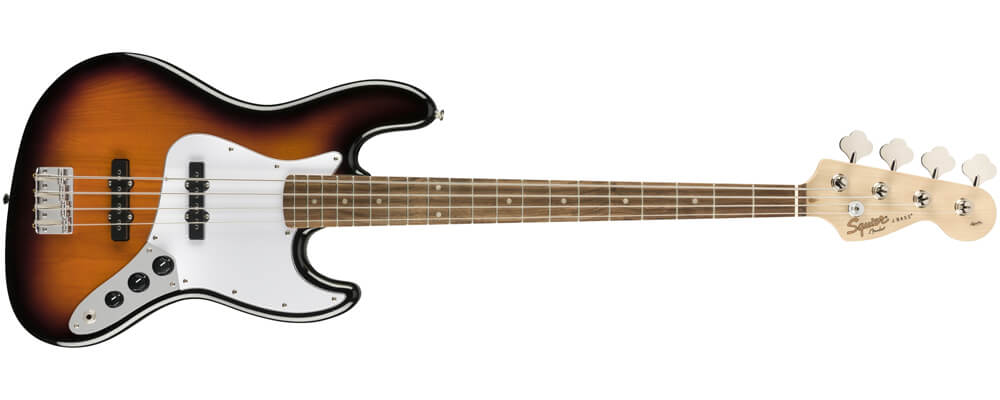
Though not as glamorous as the electric guitar (Flea would like to have a word), the bass actually has the most crucial role in a band setting – the bassist is responsible for anchoring the harmonic framework and establishing the backbeat by locking in with the drummer.
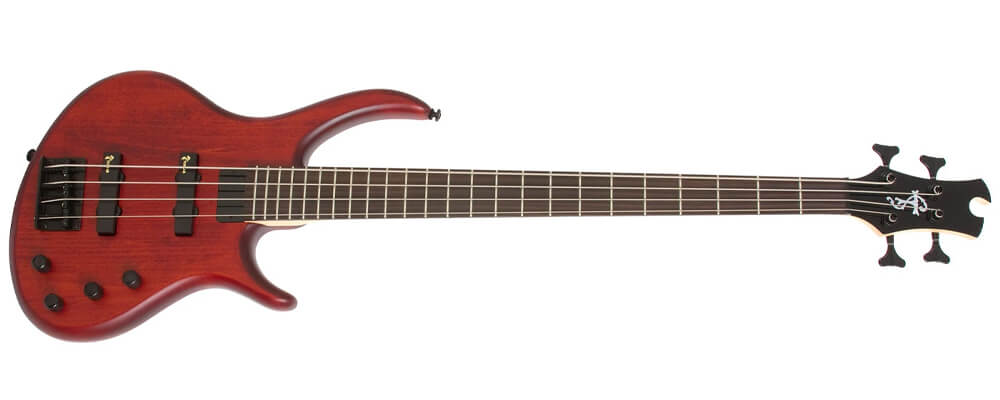
You should play the bass if you love the unmistakable low thump and growl that only an instrument that exists in the low frequencies can make. After all, what’s not to like about hitting a note and feeling the sonic waves shake the floor and hit you right in the chest!
Read more: Finding the Perfect Beginner Bass Guitar
The Ukulele
Did you know that the Ukulele translates to “jumping flea”? While there are many narratives of how the ukulele came into existence, one thing is for certain though; the ukulele is widely agreed to have been a derivative of the cavaquinho and machete instruments of Portugal. Having been brought to the pristine islands of Hawaii by Portuguese immigrants in the 19th century, the ukulele was refined over time into the instrument we know and love today.
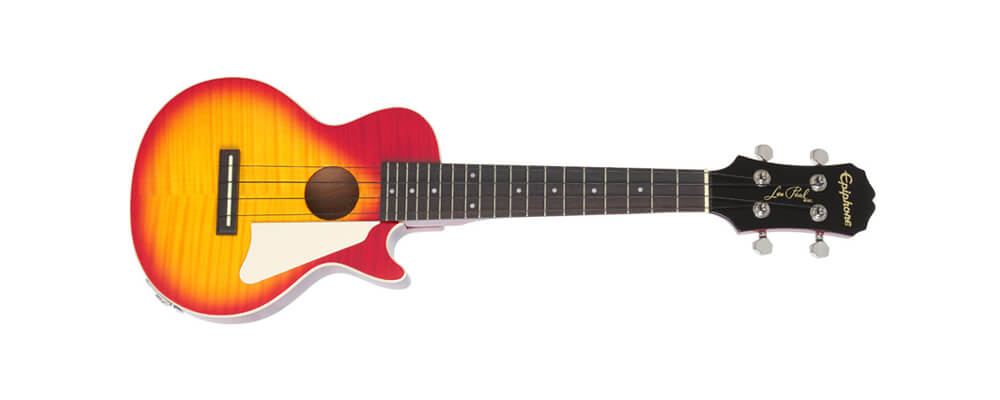
Like a tiny classical with four strings, the uke is tuned to the higher pitches of G-C-E-A in contrast to the guitar’s lower-pitched six-strings. It’s two strings less, but it’s in no way a lesser instrument! We’re sure you’ve heard the uke in a broad range of musical genres, including jazz, country music, pop, world music, and rock.
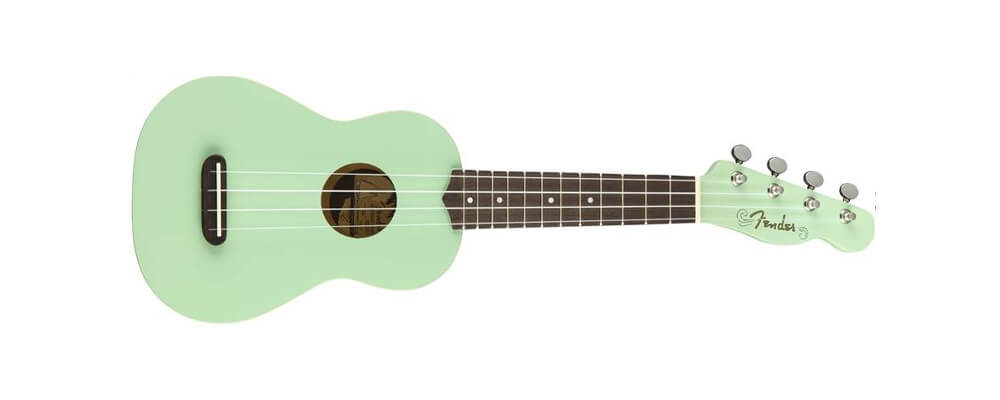
With nylon strings, shorter scale length, and a small body, the ukulele is one of the easiest instruments to play. Strum it around the house, sing a song to your friends, or take it anywhere with you – they barely weigh anything!
Learning a new instrument can sometimes be tough but extremely gratifying. But once you’re in the groove, a whole new musical world awaits!
If you’d like to shop our full range of instruments head over to our online store. If you’re looking for any music-related advice drop us a message. We’ll be happy to help you out!
Read more: What are the Best Instruments to Learn Music with?
